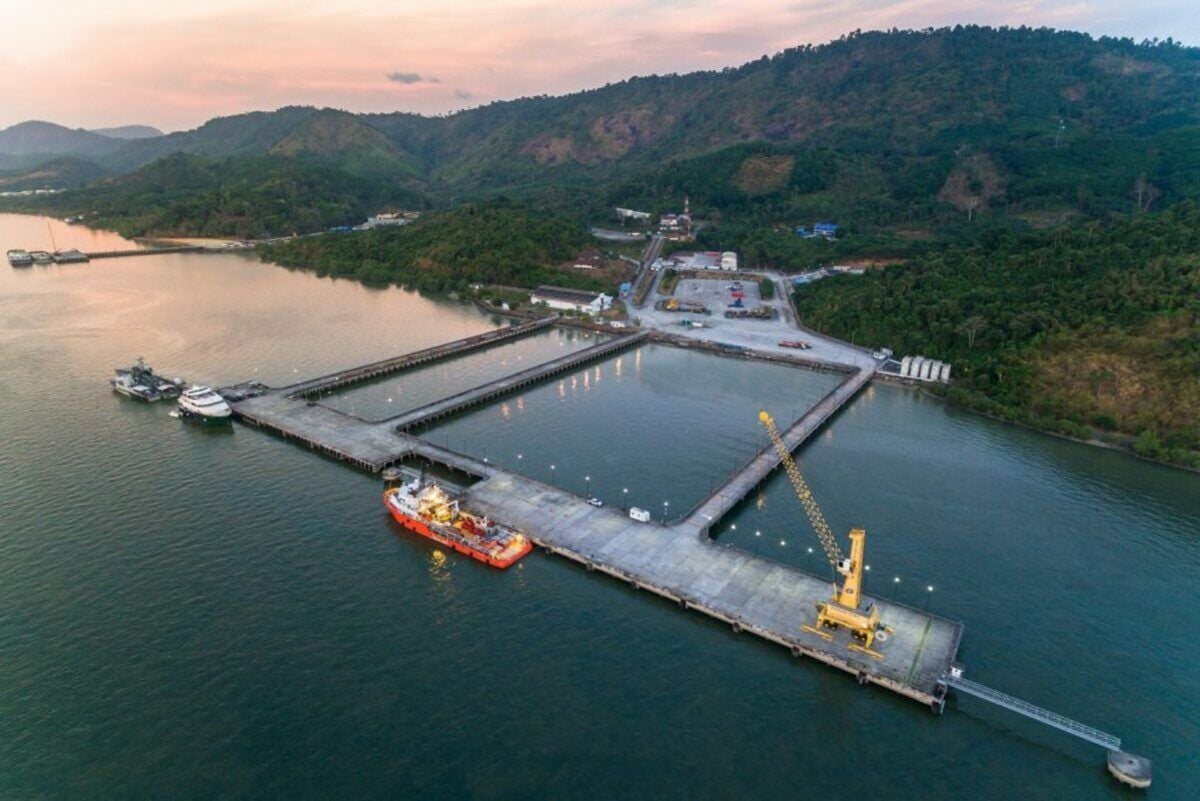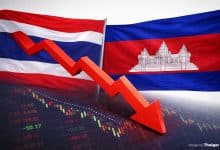Myanmar civil war boosts maritime trade at Thailand’s Ranong Port

Myanmar’s shift to maritime transport for exports due to its civil war is increasing activity at Ranong Port in Thailand, potentially boosting the government’s Land Bridge project.
Deputy Transport Minister Manaporn Charoensri indicated that the civil war in Myanmar has disrupted cross-border trade with Thailand, prompting entrepreneurs to use Ranong Port instead of land routes through Tak’s Mae Sot district.
Manaporn instructed the Port Authority of Thailand (PAT) to ensure Ranong Port’s facilities and staffing are prepared for the influx of goods from Myanmar, seeing it as a good opportunity to reopen maritime trade routes.
“This is a good opportunity to reopen cross-border trade routes via Thailand’s southern seas… It will also foster the government’s Land Bridge project to build a bridge linking the Gulf of Thailand and the Andaman Sea.”
The project aims to promote the Southern Economic Corridor (SEC) and connect it to the Eastern Economic Corridor (EEC), generating additional economic value for Thailand.
Manaporn emphasised that the Land Bridge project will boost the southern region’s agricultural produce, cash crops, livestock, and farmers’ markets, potentially increasing the region’s GDP from 2% to 10% by attracting private investment.
The project is expected to spur significant economic growth in the southern region by facilitating the establishment of factories and industrial estates, which will enhance local employment. Manaporn expressed confidence that Thailand could become a global hub for sea logistics and cargo distribution.
PAT Director-General Kriangkrai Chaisiriwongsuk reported that Ranong Port has recently welcomed its first cargo ships from Myanmar, which arrived on July 5 and 8, respectively. Both ships came from Yangon.
The first ship arrived with 39 containers of imported goods and departed with 56 containers of Thai exports, while the second ship arrived with 56 containers and left with 35.
According to Kriangkrai, the cargoes imported into Thailand by these ships included agricultural products. The vessels departed with electrical equipment and construction materials.
These developments mark a significant shift in regional trade dynamics, with Ranong Port playing a crucial role in facilitating the new maritime trade route between Thailand and Myanmar.
The increase in port activity not only supports the Thai government’s broader economic goals but also highlights the strategic importance of maritime infrastructure in regional trade and economic development, reported Bangkok Post.
Latest Thailand News
Follow The Thaiger on Google News:


























